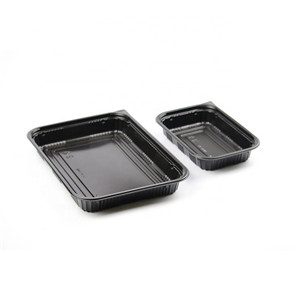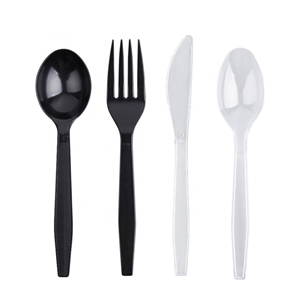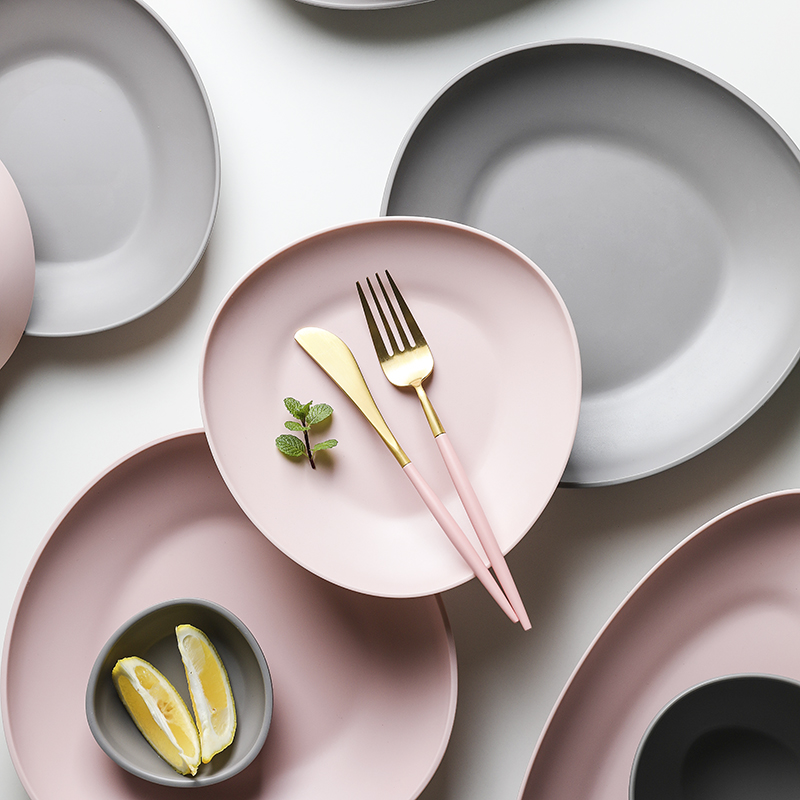Introduction: Plates and bowls are not only utilitarian objects; they also hold cultural and traditional significance in various cuisines around the world. From elaborate decorative patterns to unique shapes, these dining essentials often reflect the rich heritage and customs of different cultures. In this blog, we embark on a global culinary journey, exploring how plates and bowls are deeply woven into the fabric of diverse traditions and celebrations.
- Traditional Tableware in Asia In Asian cultures, traditional plates and bowls showcase intricate craftsmanship and artistic flair. In Japan, the elegant and minimalist aesthetics of ceramic plates and bowls perfectly complement the delicacy of sushi and sashimi. In India, thali plates with multiple compartments are used to serve a variety of dishes in a single meal, representing the richness and diversity of Indian cuisine.
- Colorful and Vibrant Tableware in Latin America Latin American tableware often embraces vibrant colors and decorative patterns that mirror the region’s lively and exuberant culture. In Mexico, talavera plates adorned with intricate hand-painted designs showcase the country’s artistic heritage. Similarly, in Peru, ceramics with Andean motifs add a touch of traditional charm to dining experiences.
- Traditional European Table Settings In Europe, table settings often reflect the refined elegance and sophistication of the continent’s culinary traditions. In France, the classic white porcelain plates serve as a canvas for the artistry of French haute cuisine. In Italy, pasta bowls with rustic designs capture the essence of traditional Italian cooking, emphasizing the importance of family-style dining.
- Special Occasions and Festive Tableware Plates and bowls also play a crucial role in various festive occasions and celebrations. In China, red and gold plates and bowls are used during the Lunar New Year to symbolize prosperity and good fortune. In Greece, traditional blue and white patterns on plates complement Mediterranean-themed gatherings, adding a sense of holiday cheer.
Conclusion: The cultural significance of plates and bowls extends far beyond their utilitarian function. As we embark on a global culinary journey, we encounter the richness of traditions and celebrations represented in tableware across diverse cultures. From the delicate aesthetics of Asian ceramics to the vibrant colors of Latin American talavera, each plate and bowl carries with it a piece of history and tradition, enhancing the dining experience with a sense of cultural identity and heritage.

















